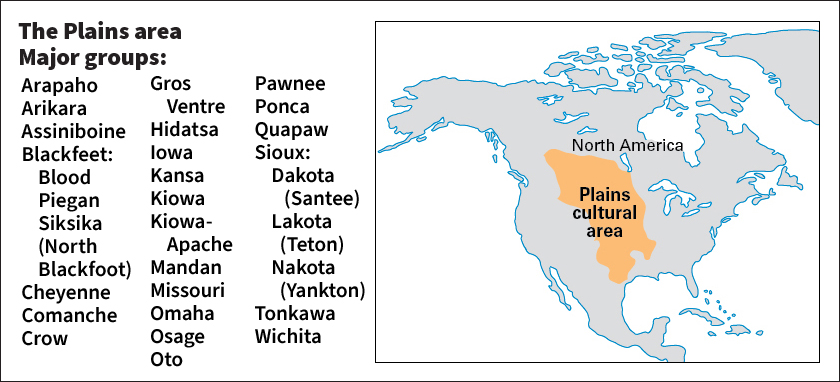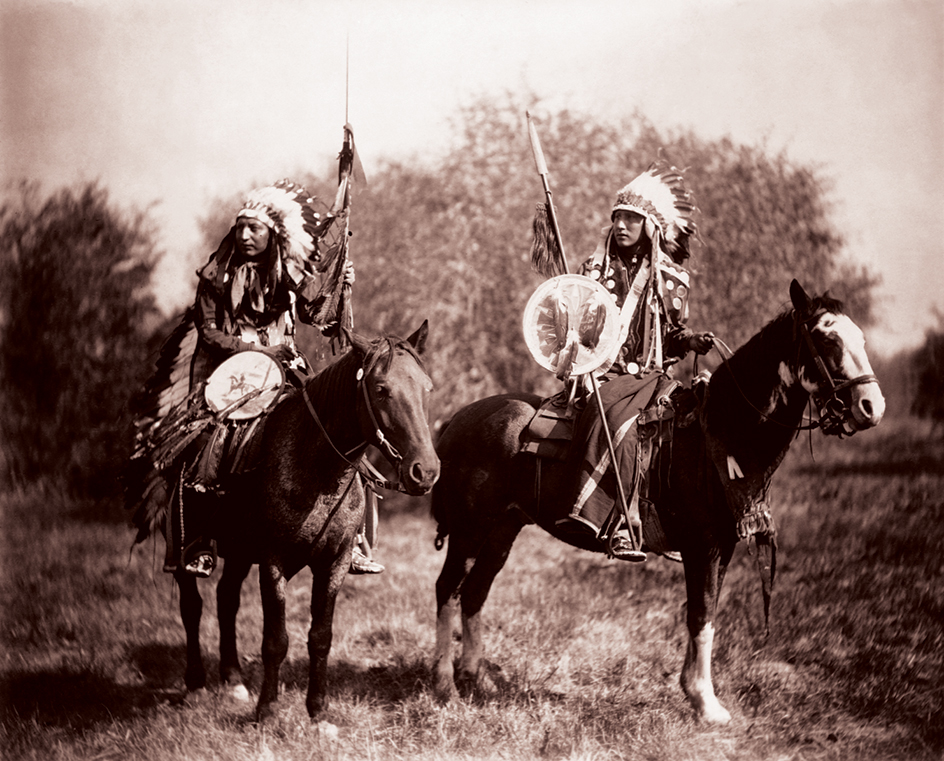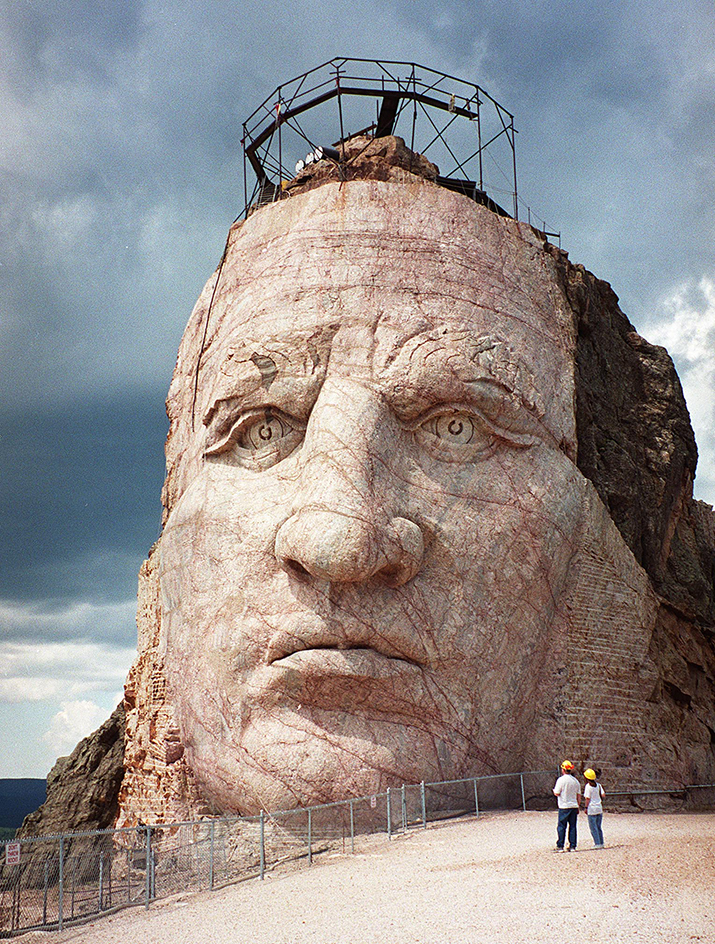Sioux << soo >> are a Native American people who traditionally lived throughout the northern plains of North America. In Canada, they are recognized as a First Nations people. The Sioux were famous for their bravery, fighting ability, and political skills. The Sioux had many divisions. The Santee, or Dakota, Sioux lived in what is now Minnesota. The Yankton, or Nakota, Sioux lived in the eastern Dakotas. Both of these groups hunted and farmed. The Lakota, or Teton, Sioux hunted buffalo in the western Dakotas and in Nebraska.

During the middle and late 1800’s, white settlers and gold seekers overran Sioux hunting grounds and killed many buffalo. The Santee rebelled in 1862 and fled westward. In 1868, some of the Lakota agreed to live on a reservation. But they had no experience in farming, and land on the reservation was poor. Other Lakota remained outside the reservation. Leaders of this group included Sitting Bull and Crazy Horse. In 1876, after the group had refused government orders to enter the reservation, Lieutenant Colonel George A. Custer led his troops against them. The Sioux and their allies killed Custer and every man in his immediate command in “Custer’s Last Stand.” Later, U.S. Army troops forced them to enter the reservation. In 1890, the Ghost Dance cult, introduced by Wovoka, brought new hope to the Sioux (see Wovoka). Army leaders thought that the Sioux meant to revolt, and they attacked them. See Indian wars (Wars on the Plains).

In 1973, a dispute over tribal leadership broke out among the Oglala Lakota Sioux of the Pine Ridge Reservation in South Dakota. Partly as a result of the dispute, a group that included members of the American Indian Movement (AIM) seized the village of Wounded Knee on the reservation and occupied it for 71 days. See South Dakota (The mid-1900’s).
In 1980, the Supreme Court of the United States ordered the federal government to pay about $105 million to eight Sioux tribes for land in South Dakota that the government had taken illegally in 1877. The tribes refused the settlement and sought the return of part of the Black Hills in South Dakota as well as a cash payment.
In 2016, the Sioux and other Native American groups protested the construction of a crude oil pipeline near the Standing Rock Sioux Reservation in North Dakota. Protesters argued that the Dakota Access Pipeline’s proposed route beneath Lake Oahe threatened the reservation’s water supplies. The demonstration gained widespread attention, and people from around the world soon joined the protesters. Workers completed the pipeline in the spring of 2017. According to the 2020 U.S. census, there are about 115,000 Sioux.

